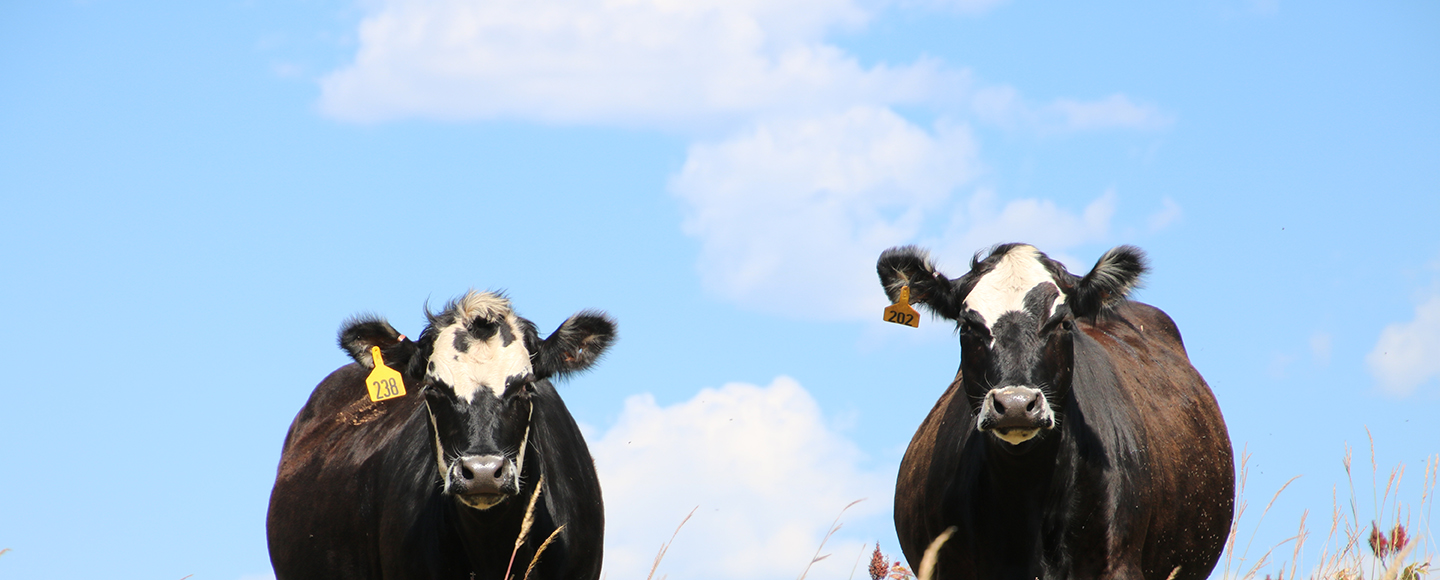
The Kansas State Veterinary Diagnostic Laboratory (KSVDL) wants livestock producers to be aware of a new red blood cell parasite, Theileria orientalis Ikeda, that has been found in calves imported to Kansas. The parasite causes theileriosis, which leads to anemia and other serious health issues in cattle. According to Gregg Hanzlicek, KSVDL associate director and professor of diagnostic medicine/pathobiology, it has been present in the eastern U.S. for some time, but was first diagnosed in Kansas after affected calves were imported from the east for feeding in December 2024.
The disease primarily is spread through multi-use needles and insects, with the Asian longhorned tick identified as the primary vector. This tick, although not yet found in Kansas, has been detected in Missouri, Arkansas and a county in northwestern Oklahoma bordering Labette County. Blood-feeding flies such as horse, stable and deer flies (not horn flies) also are believed to be able to transmit the disease, said Hanzlicek.
The intracellular parasite destroys red blood cells resulting in anemia, weakness, lethargy, yellowing of the mucous membranes, difficulty breathing, late-term abortions and, in severe cases, death. Reported death rates range from very low to 30% or higher.
All ages of cattle can become infected and show clinical signs. The disease cannot be spread through respiratory aerosols, breeding, reproductive fluids, etc. Multiple-use needles, including those used for injections, tattoos and ear tags are the major ways this disease is spread within a herd.
According to Hanzlicek, the parasite is highly resistant to antibiotics available in the U.S. Therefore, testing all animals originating east of Kansas before importation is key to not bringing the disease into the state. There is a blood test available at KSVDL that will identify carrier animals. If a producer is importing a large number of head, Hanzlicek said testing a subset would be appropriate for determining if the parasite is present in the group.
To avoid spreading the disease within a herd, producers should use normal infection prevention procedures such as single needle use, and cleaning and disinfecting tattoo and ear tag pliers. Additionally, it’s important to implement an appropriate fly, tick and lice control regimen.
More information on the parasite and testing can be found at www.ksvdl.org. KSVDL also has a webinar on this topic posted here.